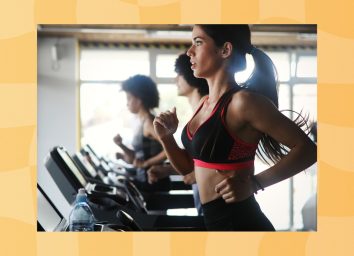8 Best Walking Shoes, According to Experts
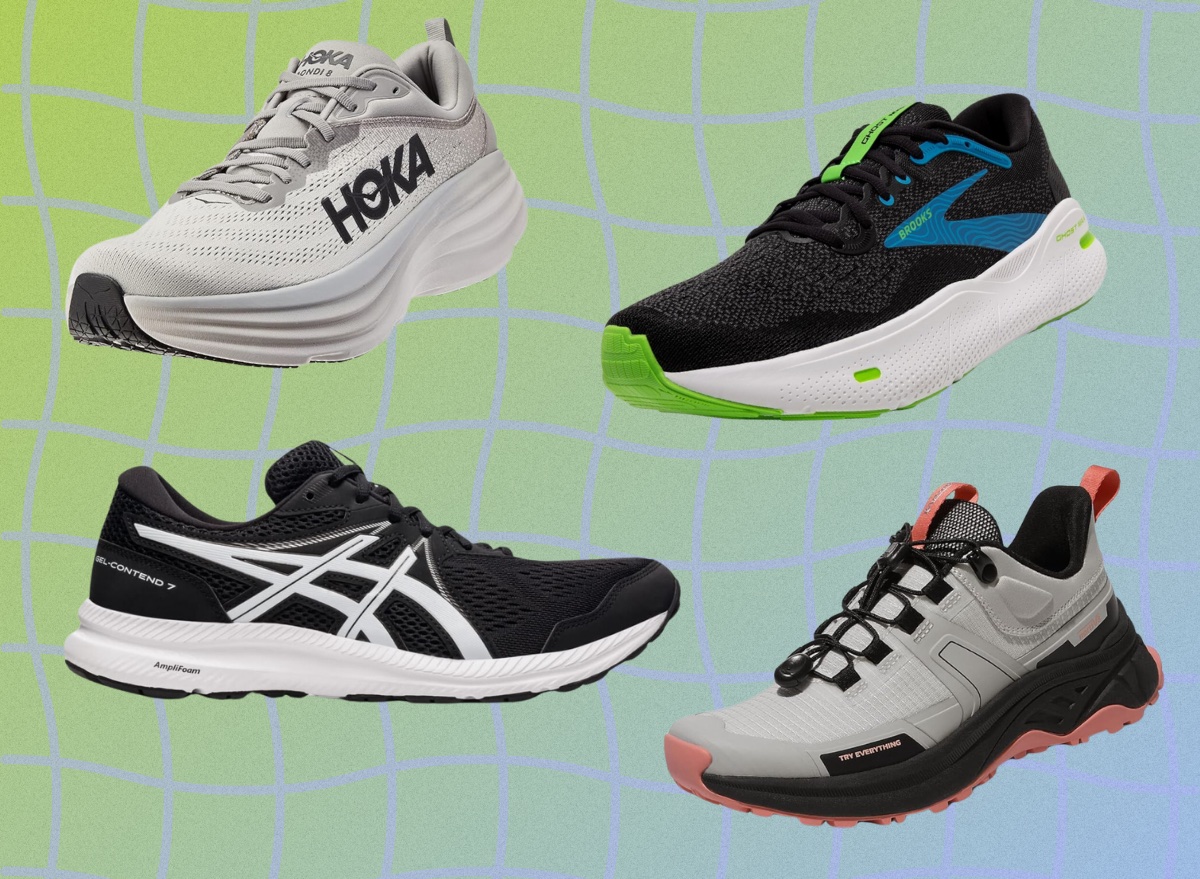
One of the best and most convenient forms of no-equipment exercise is walking. You can do it essentially anywhere at your own pace. The only thing you need is a pair of durable, breathable, supportive, and perfectly fitting walking shoes. Finding the right set will enable you to walk for longer distances, thereby burning more calories and making the most of every workout. We spoke with the experts and have the best walking shoes you can buy on Amazon.
What to Look for in Walking Shoes
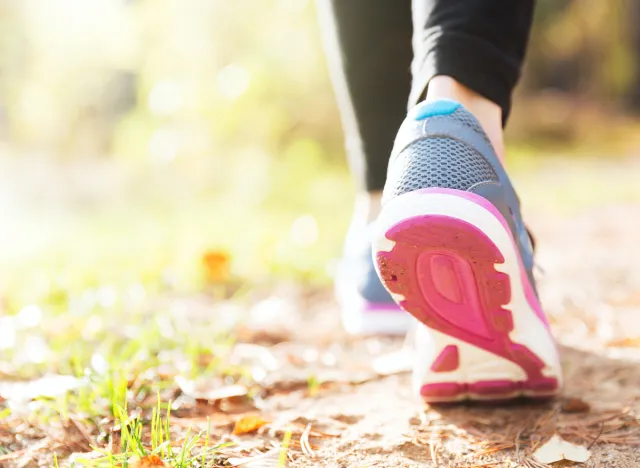
We learned all of the essential elements for purchasing the ideal set of walking shoes for your feet and particular needs.
1. A low heel-to-toe drop
The heel-to-toe drop in an effective walking shoe is typically a lower drop number than a running shoe.
"This is because heel-to-toe drop refers to the angle your foot will be held at when wearing your shoes," explains Domenic Angelino, CPT with International Personal Trainer Academy (IPTA). "A slightly higher angle helps you propel your body forward more easily, which is helpful for running. A lower angle improves stability in a way that makes it easier to comfortably walk for a longer duration without much discomfort."
2. A lightweight shoe
Always opt for lightweight walking shoes, as they're more seamless when moving around. "Lighter shoes are generally going to feel better," explains Angelino.
Keep in mind that if you're going on a hike, however, lightweight may not be the best weight. "Hiking shoes tend to be designed in a way that makes them more durable given the type of activity they're designed for," says Angelino. "This increases their weight."
3. Good traction
Good traction is essential, as it lowers your risk of falling outdoors. "This is especially true if you plan to walk in the woods or on other unconventional terrain," Angelino tells us. "If it happens to rain while you are walking, or you find yourself going up or down a hill, then extra traction can be very helpful."
4. Breathable, moisture-wicking materials
Be mindful of the materials your new potential walking shoes are made with.
"Shoes with breathable mesh or moisture-wicking materials, [for instance,] will keep your feet comfortable and dry, even during longer walks," explains Jarrod Nobbe, MA, CSCS, head weightlifting coach for the Athletic Lab weightlifting team and a sports performance coach for Athletic Lab. "[In addition,] look for shoes with ample cushioning, especially in the heel and forefoot, to absorb the impact of each step. A good walking shoe should have a flexible sole for smooth heel-to-toe transition [as well.]"
Top 8 Best Walking Shoes for 2024
The styles listed below are the best walking shoes to shop for in 2024, according to Angelino and Nobbe.
Brooks Men's Ghost Max

- Key Features: designed for both walking and running
- Pros: comfortable, strong ankle support, absorbent protective cushion
- Cons: durability has mixed reviews
- Ideal For: men who walk and run regularly
Brooks Addiction Walker 2
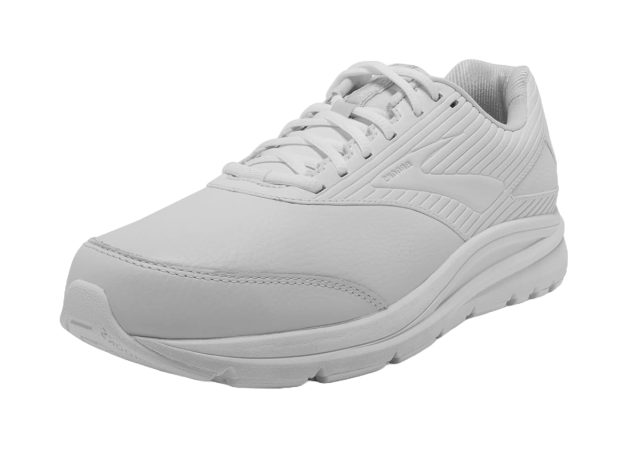
- Key Features: BioMoGo DNA cushioning, excellent arch support, slip-resistant outsole
- Pros: durable and comfortable for long walks
- Cons: heavier compared to other walking shoes, higher price point
- Ideal For: people who need extra support and stability during their walks; those with flat feet or overpronation
ASICS Gel-Contend 7
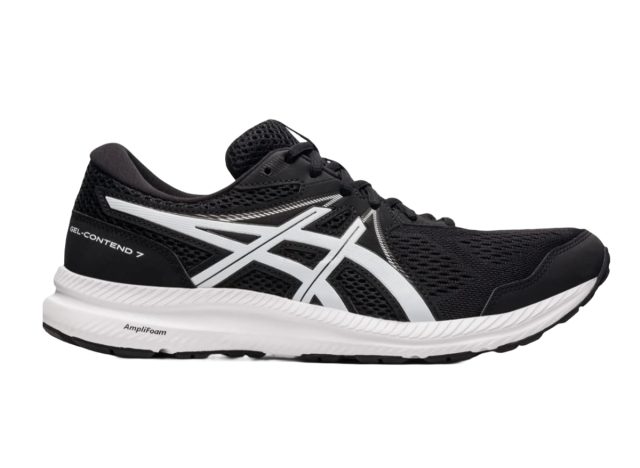
- Key Features: GEL cushioning, Ortholite sockliner
- Pros: lightweight, solid cushioning, affordable
- Cons: may not be as durable for heavy use
Ideal For: casual walkers who seek a comfortable, budget-friendly pair of sneakers
Hoka Women's Walking Shoe
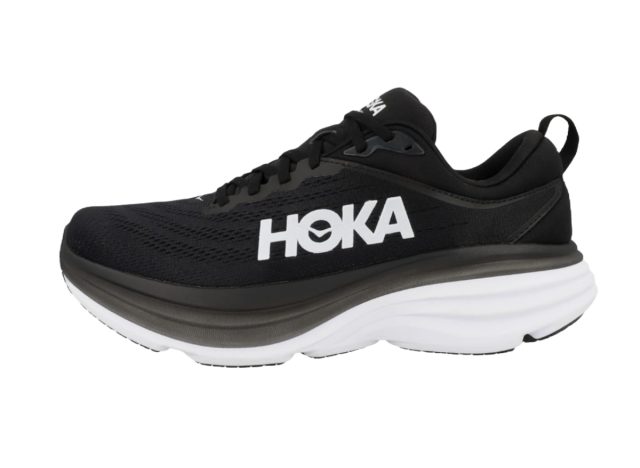
- Key Features: meta-rocker technology, memory foam collar
- Pros: plush cushioning, comfortable for long-distance walking
- Cons: bulky, higher price point
- Ideal For: walkers who seek maximum cushioning and comfort for longer walks
NORTIV 8 Women's Lightweight Hiking Shoes
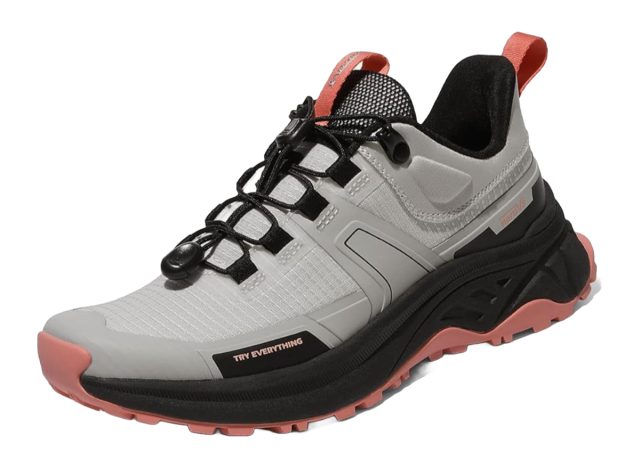
- Key Features: hiking shoes, rubber soles, mixed fabric
- Pros: lightweight, strong ankle support, water-resistant, high traction textured outsole, affordable
- Cons: narrow toe box, stiff fit, laces challenging to tighten
- Ideal For: hikers and outdoor walkers exploring uneven terrain
NORTIV 8 Men's Ankle High Waterproof Hiking Shoes
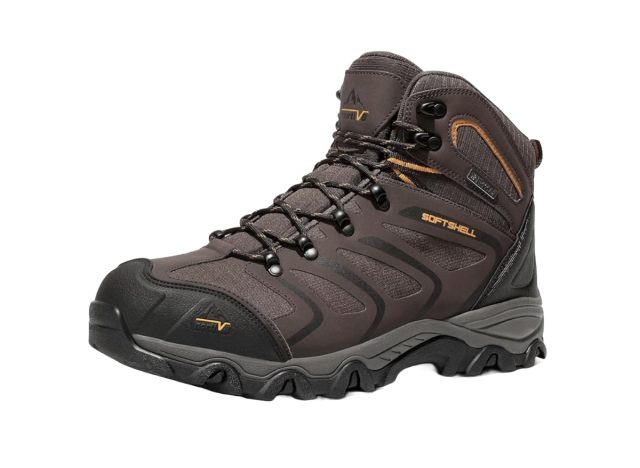
- Key Features: hiking shoes, rubber soles, weather and mesh mix
- Pros: water-resistant, durable, lightweight, strong ankle support, high slip resistance, affordable
- Cons: bulky
- Ideal For: hikers and outdoor walkers exploring uneven terrain
ecco womens Soft 7 Tie Fashion Sneaker
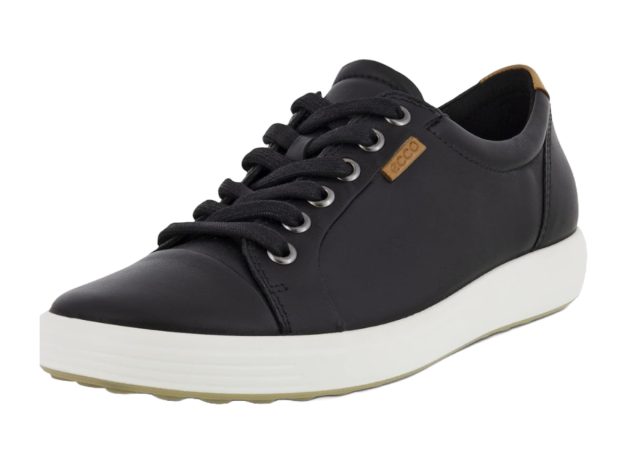
- Key Features: casual walking shoes, 100% leather
- Pros: comfortable durable, sturdy, breathable interior
- Cons: narrow toe box, stiff
- Ideal For: women who walk regularly and seek casual walking shoes that can be dressed up or down
Skechers Men's Gowalk Arch Fit
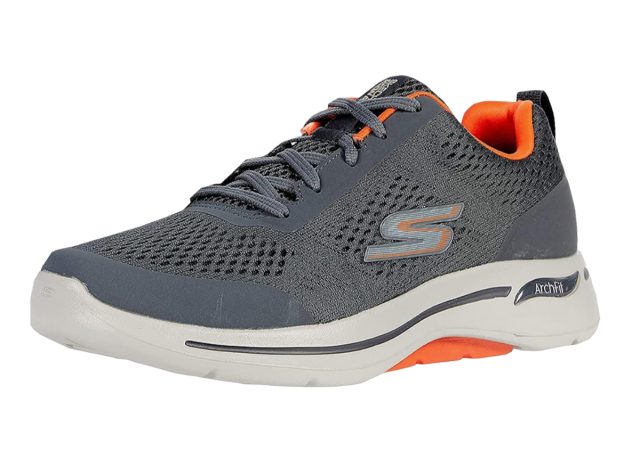
- Key Features: casual walking shoes, air-cooled foam, synthetic and mesh fabric mix
- Pros: strong ankle and arch support, breathable, suitable for various forms of exercise (walking, light jogging, treadmill workouts, gym training sessions, and more)
- Cons: durability has mixed reviews
- Ideal For: men who walk regularly and seek casual walking shoes that can be dressed up or down
How to Choose the Right Walking Shoes for Your Needs
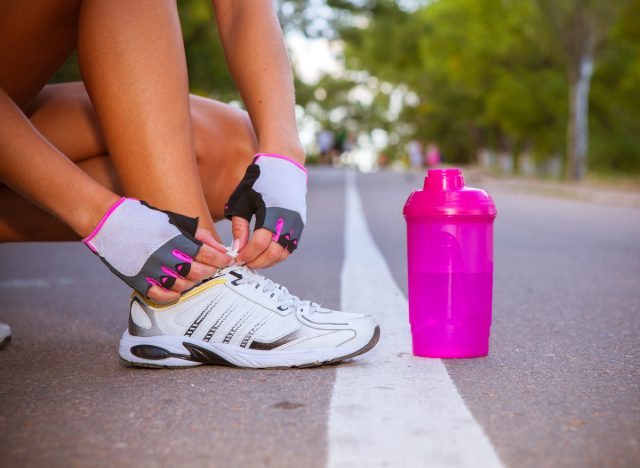
Selecting the right walking shoes begins with understanding your foot type, Nobbe stresses. "If you have flat feet or tend to overpronate (where your foot rolls inward), you'll need shoes with good arch support and stability features," he tells us. "If you have high arches, look for shoes with extra cushioning to help absorb impact."
Being mindful of your walking habits is also crucial. If you log many miles each week, factors like cushioning and durability should be at the top of your mind when shoe shopping.
"Don't forget to consider the fit [as well]," Nobbe adds. "Your shoes should be snug but not tight, with enough room in the toe box to wiggle your toes. Try shopping later in the day when your feet are slightly swollen to ensure the best fit."
It's always a smart idea to try shoes on before buying them and stay up-to-date on return policies.
Frequently Asked Questions (FAQs)

How often should you replace walking shoes?
According to Nobbe, walking shoes usually need to be replaced every 300 to 500 miles, depending on your walking intensity and how often you get your steps in.
"For someone who walks about three to five miles a day, this translates to getting a new pair every three to six months," he explains. "However, this can vary based on the quality of the shoe and your walking style—heavier wearers or those walking on rough terrain might need to replace their shoes more frequently."
What are the signs that you need new walking shoes?
There are a few telltale signs it's time to ditch your walking shoes for a pair of new ones.
"If you start to notice that the cushioning feels flat or that your feet and legs are more fatigued after your walks, it's a good indicator that the shoes are worn out," Nobbe points out. "Visible wear on the outsole, especially if it's uneven, is another sign. Also, if you're experiencing new aches or pains in your feet, legs, or lower back, your shoes might not be providing the support they once did."
Don't wait until your shoes are totally worn down. Replacing them regularly will help you avoid injury and keep your walks as comfortable as possible.
Can you wear running shoes for walking?
You can wear running shoes for your walks. "However, all shoes that are good for walking are not suitable for running," explains Angelino. "Walking inherently places less stress on your body than running. Running shoes are already capable of effectively absorbing the impact of ground reaction forces that come from walking since they can absorb much greater ground reaction forces when running."
Conclusion
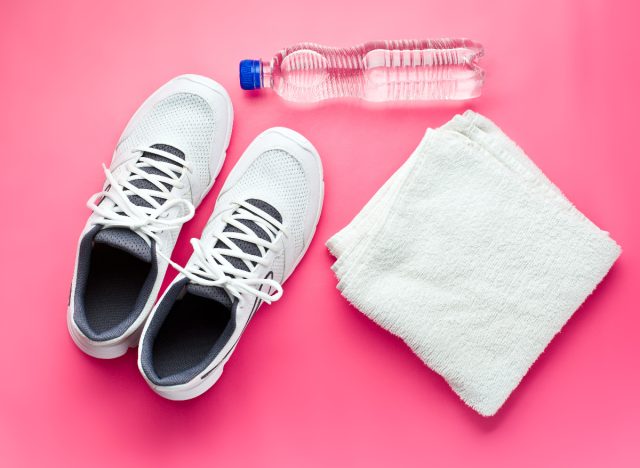
Choosing the right walking shoes can make or break your walks. When shoe shopping, always keep comfort, durability, breathability, and fit in mind. Finding shoes that are the ideal fit may seem straightforward, but it's common to make compromises for shoes that look "better on paper" or are more aesthetically pleasing.
"Making this compromise will lead to a worse outcome than going with shoes that aren't as great on paper but fit perfectly. Most of the pros of a given pair of shoes are most applicable when the shoes fit perfectly," explains Angelino.


